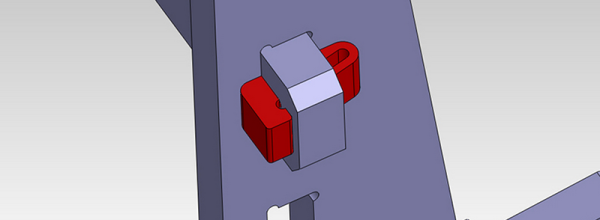While laser cutters, desktop mills, and 3D printers might be wonderful tools for rapid prototyping, it’s best to have a strong understanding on a few techniques to really “digitize” those sheets of Delrin and rolls of PLA into something meaningful. In a nutshell, we need to know how to cut-or-squirt parts that fit together.
[Yoav] has a few tips for HDPE. The first technique is a clip-on, clip-off feature meant for repeated use. The second joins two parts with a joint that can’t be removed except by removing a dowel pin, or other press-fit shaft that holds them together. The last technique is similar to the first, except it embeds the deforming geometry directly into the mating surfaces.
If you’re interested in some detailed design guides and a few equations, have a look at the Bayer Guide and DuPont Design Guide; both provide a detailed set of geometric techniques and information about their associated stresses and deflections.
Finally, if you’re looking for a triumph of snap-fit design, have a look at [Jonathan Ward’s] MTM Snap–a snap-fit desktop milling machine and the direct predecessor to the modern-day Othermill.
Thanks for the tip, [uminded]!











